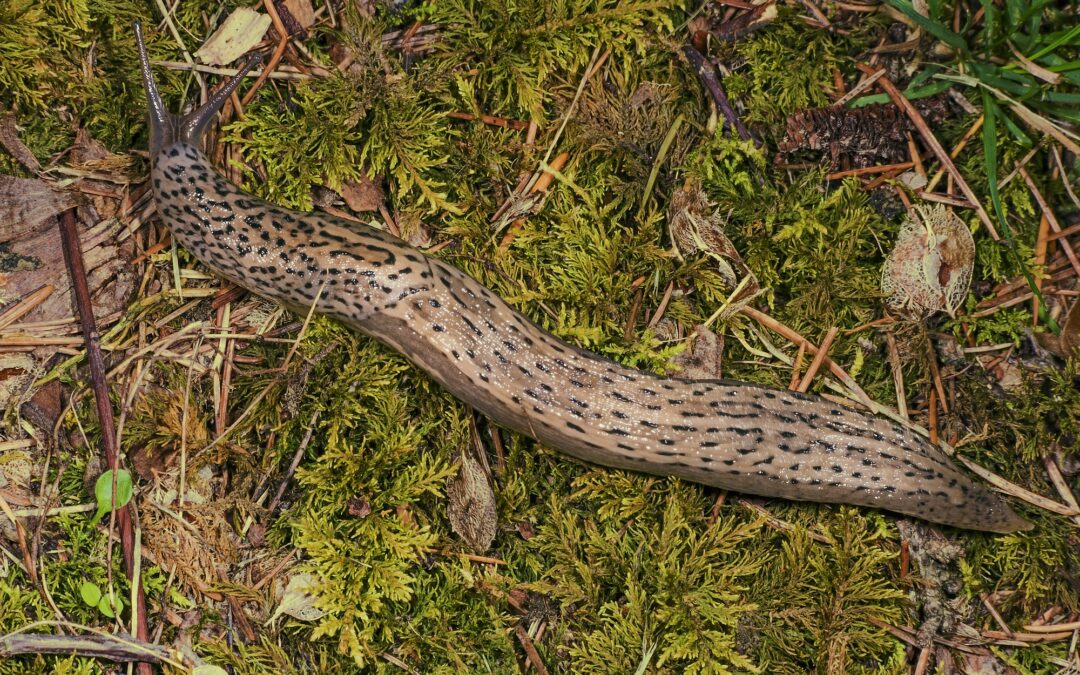Authorities at the Tatra National Park (TPN) in southern Poland have warned of the dangers of invasive species to its fragile ecosystem after an educator discovered a great grey slug, which is known to eat smaller native species of slug.
Although the animals – whose Latin name, Limax maximus, means “biggest slug”) – “amaze tourists with their size and colouring”, their presence is bad news for the local fauna, TPN officials warned in a Facebook post.
The characteristically patterned mollusk, which can reach up to 20 centimetres in length, is an an alien species to Poland. The “visitor” from southwestern Europe was first sighted in the Tatra region three decades ago, the TPN say.
The latest specimen to be found was identified by Marek Kot, an educational worker at the national park, who discovered it drowned in the fountain pool at a manor house in Kuźnice.
As well as eating decaying organic matter and fungi, the animal also consumes other slugs, and can therefore be “dangerous” to the ecosystem in the Tatra mountains, warns the TPN.
The park’s authorities note that even the presence of a single individual can be a problem since slugs are hermaphrodites and can therefore reproduce on their own.
Great grey slugs are now found throughout Poland and have become more prevalent in recent years, reports Onet. They have no enemies in the natural world and can be particularly harmful for farming, especially in greenhouses and plastic tunnels.
Main image credit: Didier Descouens/Wikimedia (under CC BY-SA 4.0)

Maria Wilczek is deputy editor of Notes from Poland. She is a regular writer for The Times, The Economist and Al Jazeera English, and has also featured in Foreign Policy, Politico Europe, The Spectator and Gazeta Wyborcza.




















